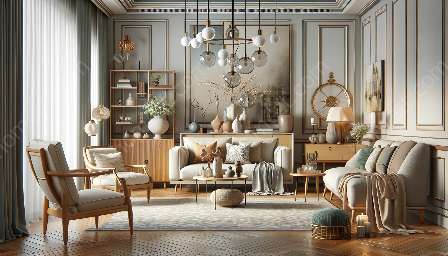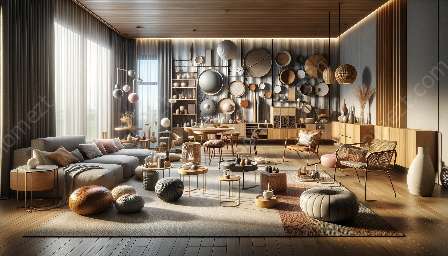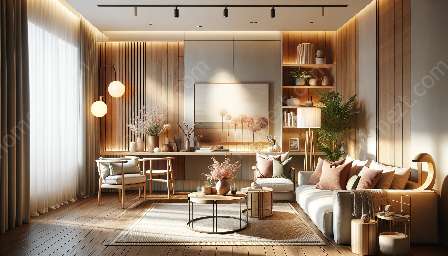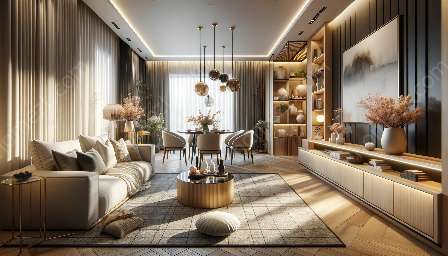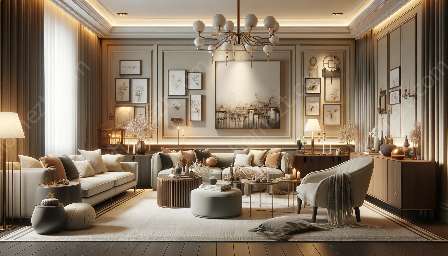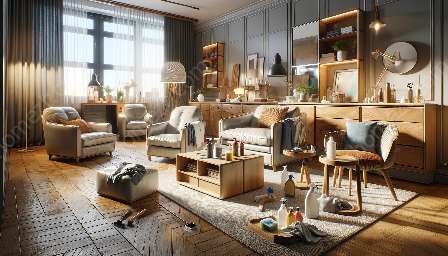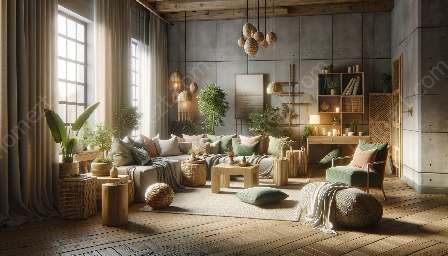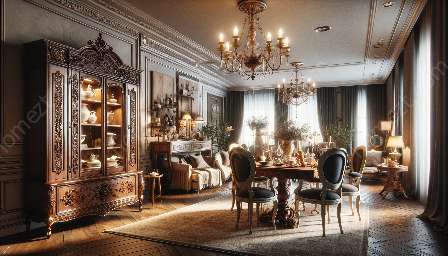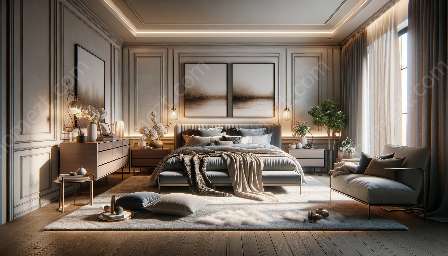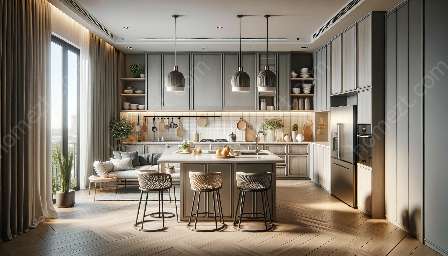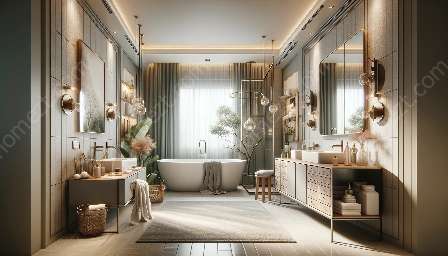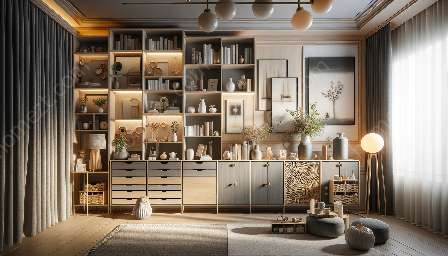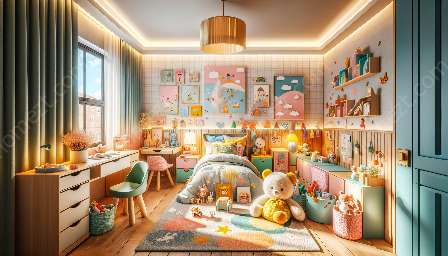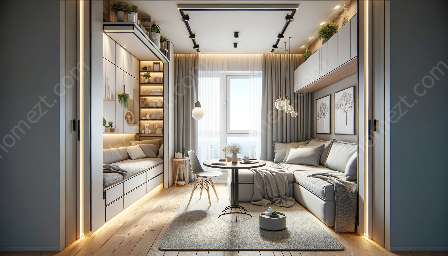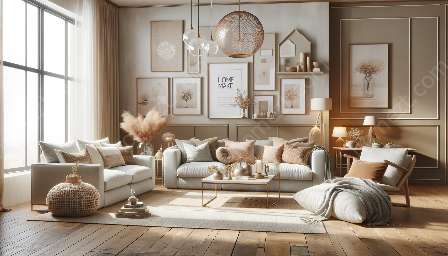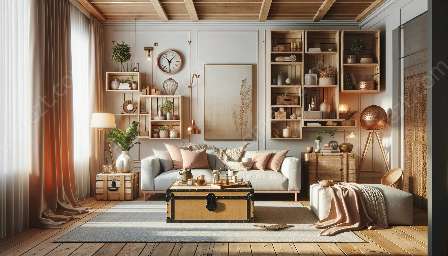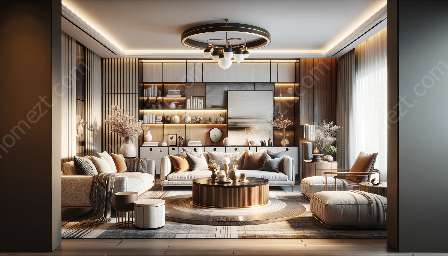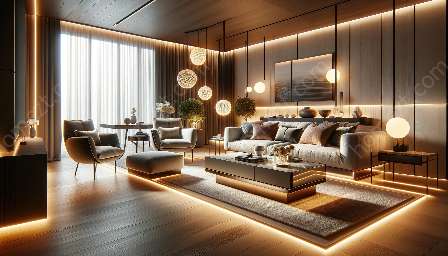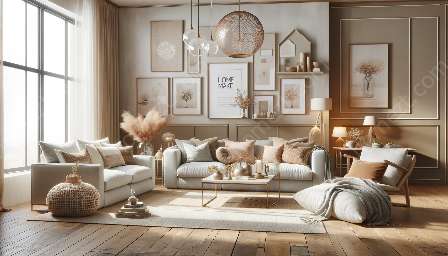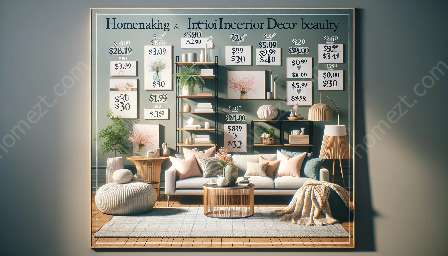Feng Shui is an ancient Chinese practice that aims to create harmony and balance within a space. One way to achieve this balance is through the proper arrangement of furniture. In this guide, we'll explore the principles of Feng Shui and how to apply them to your furniture arrangement, integrating both furniture and homemaking & interior decor to create an aesthetically pleasing and harmonious environment.
Understanding Feng Shui
Feng Shui, which translates to 'wind and water' in English, is a practice that focuses on the flow of energy, or qi, within a space. It is believed that the layout and arrangement of furniture can either enhance or disrupt the flow of qi, impacting the overall harmony and well-being of those inhabiting the space.
By understanding the five elements of Feng Shui – wood, fire, earth, metal, and water – and how they interact with each other, we can create a balanced environment that promotes positive energy and harmony.
Principles of Furniture Arrangement for Feng Shui
When it comes to furniture arrangement for Feng Shui, there are several principles to consider:
- Open Space: In Feng Shui, open space allows energy to flow freely. Avoid cluttering a room with an excessive amount of furniture, and leave pathways clear to promote the smooth movement of energy.
- Balance: Balance is crucial in Feng Shui. Arrange furniture in a way that creates visual and physical balance within a room. This can be achieved through symmetrical placement and the distribution of furniture throughout the space.
- Functionality: Furniture should serve a purpose and be arranged to support the activities that take place in the room. For example, the placement of a dining table should facilitate comfortable and harmonious meals, while a living room arrangement should encourage conversation and relaxation.
- Avoidance of Sharp Corners: According to Feng Shui principles, sharp corners can create negative energy, known as sha qi. When arranging furniture, consider using rounded or curved pieces to soften the energy flow within a space.
Integrating Feng Shui with Furniture Arrangement
Now that we understand the principles of Feng Shui, let's explore how to integrate them into our furniture arrangement:
Zoning:
Use furniture to create distinct zones within a room, each serving a specific purpose. For example, in a living room, designate areas for conversation, relaxation, and entertainment. This zoning not only supports the functionality of the space but also helps guide the flow of energy.
Color and Material Choices:
Consider the colors and materials of your furniture in relation to Feng Shui principles. For example, incorporating earthy tones and natural materials can connect your furniture arrangement to the earth element, promoting stability and balance.
Furniture Placement:
Be mindful of the placement of your furniture. For example, positioning a bed with a clear view of the doorway can create a sense of security and command, aligning with Feng Shui principles.
Conclusion
Arranging furniture for Feng Shui involves more than just aesthetics – it's about creating a harmonious and balanced living environment that supports positive energy flow. By understanding the principles of Feng Shui and integrating them into your furniture arrangement, you can cultivate a space that promotes well-being and harmony for all who inhabit it.

